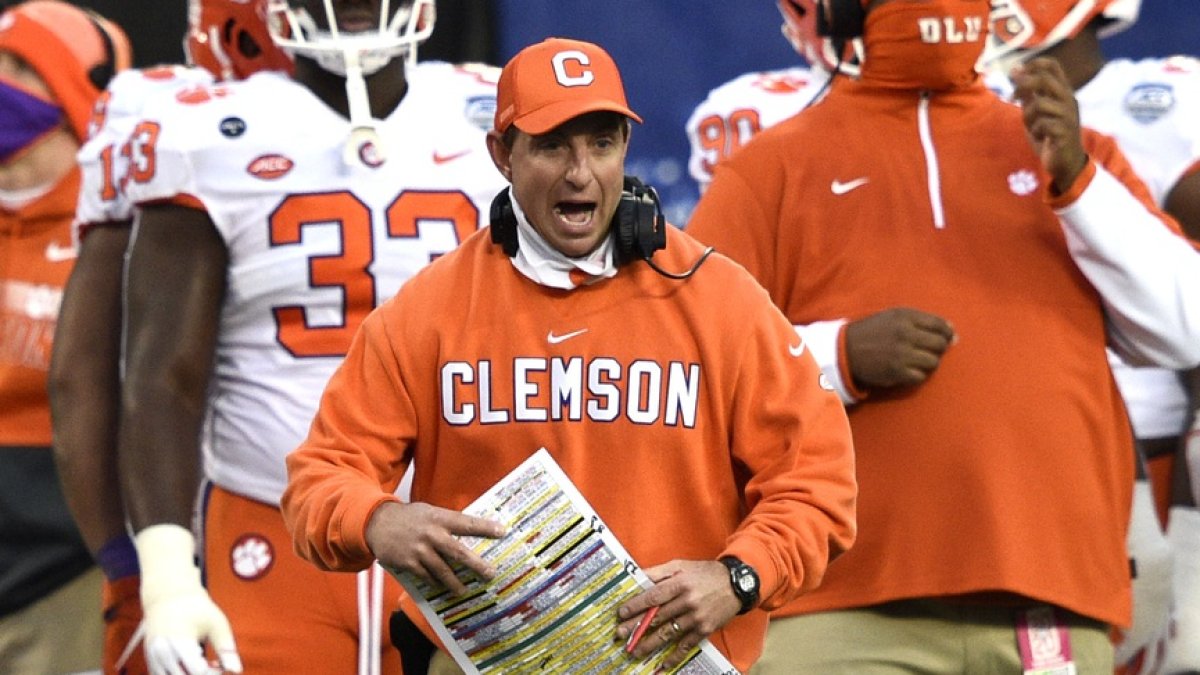Nearly every college program has its own flavor of spread offense, as the sheer number of programs and the large talent stratification makes it more likely you’d see something unique from a college program.
However, this isn't always the case at college football's highest levels. While I’d like to blame the College Football Playoff and conference realignment for this, I cannot ignore that I spent my childhood watching most contending teams run the I-formation or some two-back offense — either as a “pro-style” or option scheme.
FBS Averages
| 11 Personnel Usage | 12 Personnel Usage | Shotgun Rate | RPO Usage | Run/Pass Split | Play Action Rate |
| 56% | 20% | 76% | 23% | 48/52 | 30% |
And that’s effectively the same thing that we see in the college game today. The only difference between now and then is how the field is being used. PFF’s Seth Galina pointed out just how “spread out” the spread offenses have become in today’s game, but the idea two or three decades ago was to get as tight as possible when dealing with a lack of talent. In addition, the run-pass option (RPO) has replaced the old-school triple option as a way to protect QBs from having to be both physically and mentally better than the defense he’s facing.
With that in mind, we’re going to look at some of the most effective and interesting Power 5 offenses to see what kind of classification each one falls under. I’ve recently covered Alabama, Steve Sarkisian and the series-based play-calling style that is becoming more popular in the pros, so we will look for offenses outside of that framework.
Click here for more PFF tools:
Fantasy Draft Kit | PFF Betting Dashboard | PFF Fantasy Rankings
PFF Fantasy Projections | NFL Premium Stats | Win Totals Tracker




 © 2024 PFF - all rights reserved.
© 2024 PFF - all rights reserved.